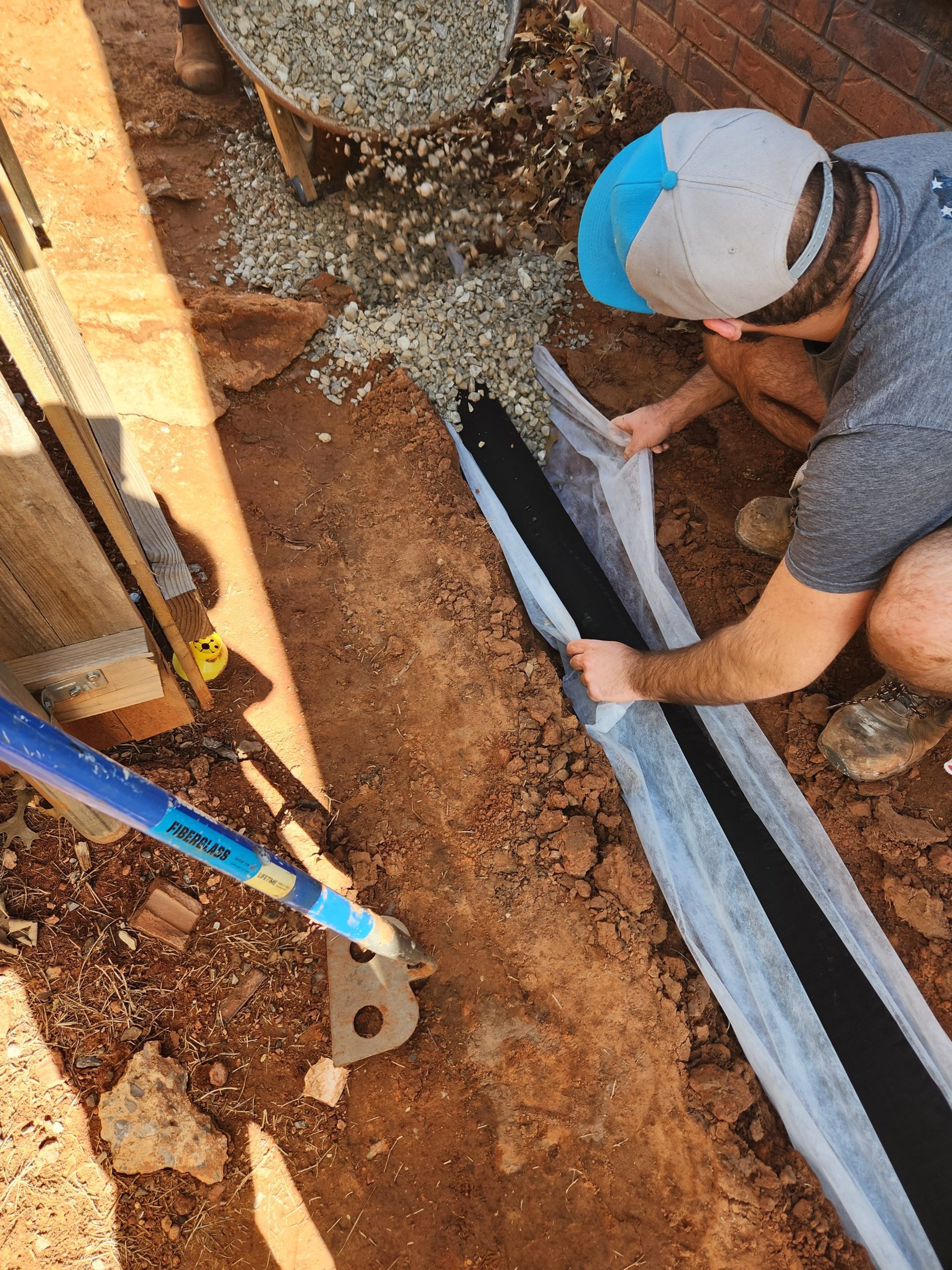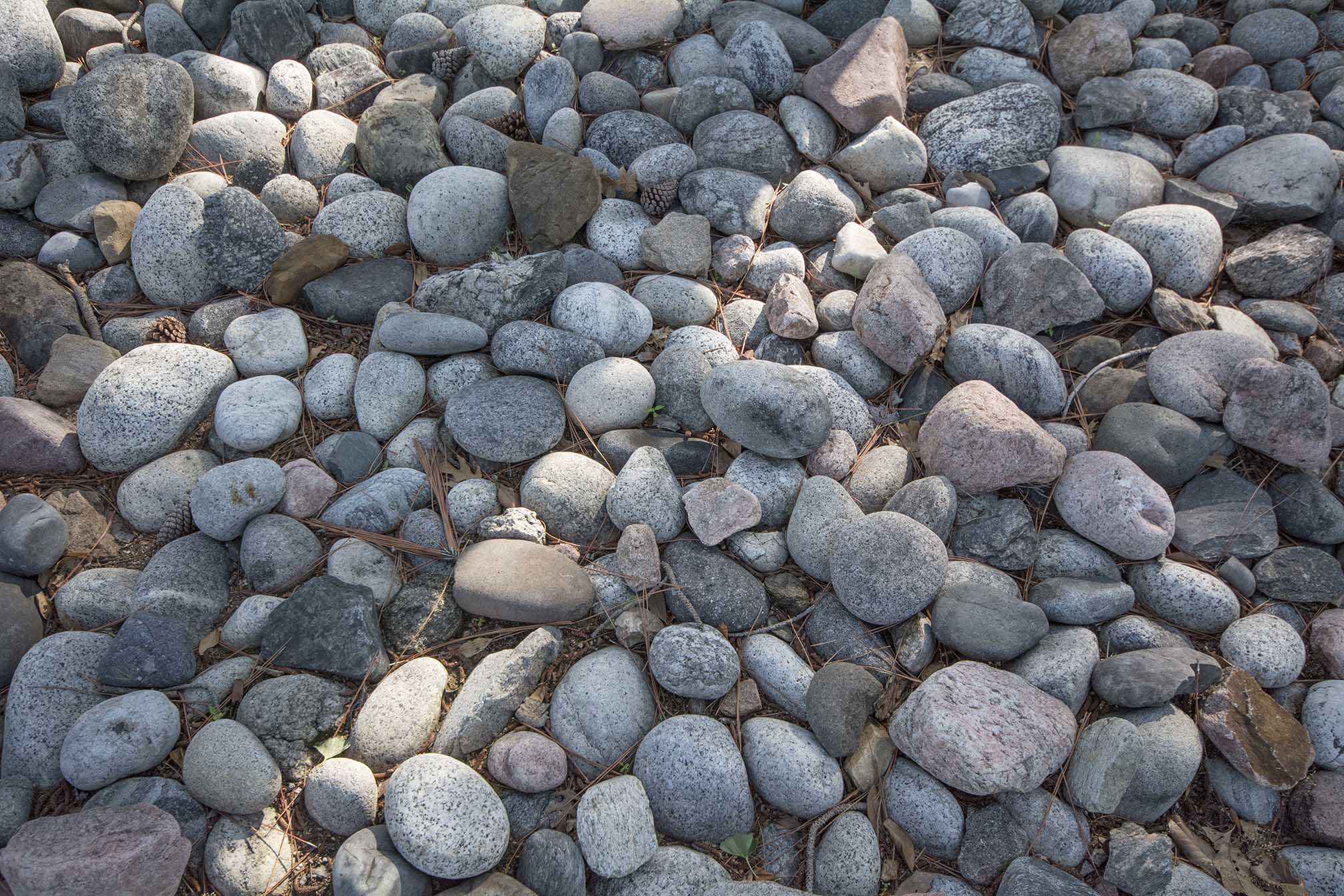The Important Guide to Preserving Your French Drainpipe for Resilient Efficiency
Maintaining your French drainpipe is essential to its effectiveness and your residential property's defense. Normal checks can save you from costly fixings and water damages. You'll need to know what indications to search for and how typically to inspect your system. And also, understanding the cleaning process can make a significant difference. Allow's explore the necessary actions for ensuring your drainpipe works well for many years ahead.
Recognizing the Function of a French Drainpipe
A French drainpipe is a critical part in handling water around your home. It guides excess water away from your structure, avoiding flooding and damage. When heavy rainfall falls, the drainpipe accumulates water via a perforated pipe buried in gravel. This system permits water to stream freely, minimizing stress on your cellar wall surfaces and decreasing the threat of leaks.You could ask yourself exactly how it functions in practice. As water fills the dirt, gravity draws it towards the drainpipe. The perforated pipe catches this water, transferring it to a designated drainage location or tornado sewer. This process keeps your lawn completely dry and shields your home's architectural integrity.Understanding how a French drainpipe functions is vital to appreciating its significance. By effectively carrying water away, it assists preserve a completely dry and safe living atmosphere. Keeping your French drainpipe in top condition warranties you stay clear of costly repair work down the line.
Routine Evaluations: What to Seek
When you're evaluating your French drainpipe, begin by looking for any kind of blockages that could be blocking water flow. Focus on indicators of surface area disintegration around the drain, as this can show possible concerns. Routine analyses will assist keep your drain system operating properly.
Blocked Drain Evaluation
Just how can you inform if your French drainpipe is clogged? Watch for water pooling in your yard, especially after hefty rainfall. That's a red flag if you see locations where water gathers instead of draining. You must also examine the drain electrical outlet; if water isn't spurting as it should, there's likely a blockage. Pay attention for uncommon gurgling audios, which can suggest trapped air. Additionally, evaluate the drain's surface area for any kind of greenery development, as origins can infiltrate and clog the system. If you smell musty odors, it might aim to stagnant water caused by a blockage. Frequently examining these indications can help you preserve your French drainpipe efficiently and protect against costly repair services.
Surface Area Disintegration Inspect

Cleaning Your French Drain: Step-by-Step Guide
Cleaning your French drain is necessary for keeping it working properly. You'll need some specific devices and a clear procedure to assure everything runs efficiently. Let's walk through the steps and suggestions for preserving your drain efficiently.
Tools You'll Need
To deal with the job of cleansing your French drain efficiently, you'll intend to collect a few vital tools. Get hold of a strong set of handwear covers to secure your hands from particles and sharp objects. A tiny shovel or trowel will certainly assist you get rid of dust or obstructions around the drainpipe. For removing the interior, a plumber's snake or a high-pressure water nozzle can be extremely beneficial. You'll also need a container for accumulating any particles you take out. Having a garden pipe on hand will make it much easier to wash out the drain and assure it's flowing smoothly. With these devices all set, you'll be established for a comprehensive cleansing session!
Cleaning Up Process Actions
Begin by examining the area around your French drainpipe for any type of visible debris or blockages. Remove fallen leaves, branches, or dirt that might obstruct water flow. Next off, examine the inlet and outlet areas; clear any kind of blockages to guarantee appropriate drainage. Utilize a yard tube to purge the drainpipe, guiding water right into the inlet. This assists displace any type of gathered sludge or debris. If you discover relentless obstructions, take into consideration making use of a plumbing's snake to break them up. After cleansing, inspect the gravel around the drain; renew it if it's cleaned away. Verify the drain covers are undamaged and firmly in location to avoid debris from going into. Regular cleansing keeps your French drainpipe operating properly.
Maintenance Regularity Tips
While routine upkeep is necessary for your French drainpipe's durability, understanding how typically to preserve it can make all the difference. Ideally, you need to inspect your French drain a minimum of twice a year, preferably in springtime and loss. After heavy rains or snowmelt, check for blockages or particles. If you notice any kind of standing water, it's time to cleanse your drain.In areas with heavy foliage, even more regular maintenance-- concerning every three months-- might be required. Furthermore, take into consideration cleaning your French drainpipe after significant storms or if you observe water pooling in your yard. By staying aggressive, you'll assure your French drainpipe functions effectively and protects your home from water damages. Routine checks will conserve you time and money in the future.
Determining Common Problems and Their Solutions
When you see water pooling in your backyard or damp click here for info places in your basement, it's vital to determine common issues with your French drainpipe and execute reliable options. One frequent trouble is obstructing, commonly brought on by debris like leaves or sediment. To fix this, you can make use of a pipes serpent or a high-pressure water jet to clear blockages.Another issue may be inappropriate slope. Water won't move away from your home if your drainpipe isn't sloped correctly. You can adjust the slope by excavating and repositioning the drainpipe pipe.Lastly, look for damages or splits in the drainpipe itself. If you discover any kind of, changing the damaged areas is necessary for peak performance. By attending to these concerns quickly, you'll assist ensure that your French drainpipe remains to operate successfully, shielding your home from water damage and keeping a completely dry, risk-free setting.
Seasonal Maintenance Tips for Your French Drainpipe
Addressing common issues with your French drain is simply the initial step in ensuring its lasting efficiency. Seasonal maintenance is essential for peak performance. In the spring, remove leaves and debris that might have collected throughout winter season. Look for any type of clogs in the electrical outlet or catch container, as water needs a clear course to stream freely.During summer season, inspect your drainpipe for any type of indicators of resolving or moving soil. Make sure it's still degree and functioning correctly. As autumn strategies, clean out any dropped leaves to protect against blockages prior to wintertime arrives.In winter, expect freezing temperature levels. Make sure your click this drainpipe isn't at threat of cold if you live in a chilly climate. Insulating subjected pipes can assist. Routine checks and timely upkeep can stop costly repairs and keep your French drainpipe functioning successfully year-round. Keep proactive and appreciate peace of mind understanding your drain system remains in great shape!
When to Employ an Expert
When to call in an expert can conserve you time and prevent more damage to your French drainpipe, recognizing. It's a clear indication that your drainpipe might be clogged or harmed if you notice persistent standing water in your lawn. Don't disregard strange smells, as they can show sewer backup or decay, which needs prompt attention.If you discover that your drain isn't operating effectively after attempts to clean or keep it, it's time to connect for specialist aid. Furthermore, if you're unclear concerning the underlying concerns or lack the essential tools, working with an expert can give tranquility of mind.Finally, if your French drain is old or has actually experienced considerable wear and tear, specialist analysis can figure out whether repair services or complete replacement is needed. Trust the professionals to assure your water drainage system functions successfully for several years ahead.
Tips for Avoiding Future Water Drainage Issues
To keep your French drain functioning efficiently, consistently inspecting and preserving it can make all the distinction. Beginning by clearing debris, leaves, and dust from the surface and drainpipe openings. This protects against blockages that can lead to water backup. Examine the crushed rock around the drainpipe; if it's compressed or worn down, think about adding fresh gravel to keep excellent flow.Next, draw away water away from your drain by ensuring seamless gutters and downspouts are clear and routing water at least 3 feet away from your structure. Consistently evaluate for any type of signs of damages or drooping. If you notice problems, address them immediately.Finally, think about mounting a catch or a filter container to trap larger debris before it enters the drainpipe. By remaining find here aggressive with these tips, you'll decrease the risk of future drainage troubles and maintain your French drainpipe in top shape.
Frequently Asked Concerns
How much time Does a French Drain Normally Last?
A French drainpipe normally lasts around 30 to 40 years, depending on the products made use of and upkeep (Portland French Drain). If you stay on top of routine checks, you can extend its life expectancy also additionally
Can I Install a French Drainpipe Myself?
Yes, you can mount a French drain on your own if you've obtained the right tools and expertise. Simply make sure to intend very carefully, comply with local regulations, and warranty proper water drainage to prevent future concerns.
What Materials Are Utilized in a French Drain?
You'll need perforated pipe, crushed rock, landscape textile, and a solid water drainage pipe for your French drain. These materials aid reroute water efficiently, stopping flooding and maintaining your building dry and risk-free from water damages.

Is an Authorization Required to Set Up a French Drain?
You'll likely require a permit to mount a French drain, depending upon regional regulations. Contact your town to guarantee you adhere to any kind of required standards and avoid possible problems throughout installment.
What Are the Prices Connected With French Drainpipe Maintenance?
Keeping a French drainpipe usually costs in between $100 and $500 yearly. You'll need to take into consideration expenses for cleaning, repair work, and inspections. Regular maintenance assists avoid bigger expenses and warranties your system functions appropriately for years - Portland French Drain. When you're inspecting your French drain, start by examining for any obstructions that might be obstructing water flow. By remaining aggressive, you'll guarantee your French drain functions effectively and secures your property from water damage. When you notice water pooling in your yard or damp places in your basement, it's crucial to recognize typical problems with your French drain and execute efficient solutions. You can change the incline by digging and repositioning the drainpipe pipe.Lastly, check for damage or fractures in the drainpipe itself. Inspect the crushed rock around the drain; if it's compressed or worn down, think about including fresh crushed rock to preserve suitable flow.Next, draw away water away from your drainpipe by making certain downspouts and rain gutters are clear and guiding water at least 3 feet away from your structure